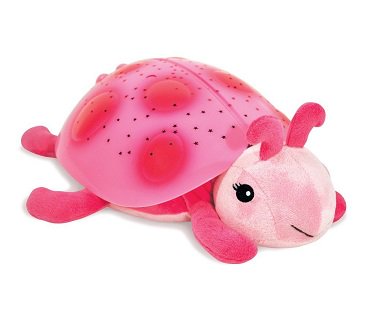

During the approach stage, a male will come within 1 cm of a desired female and watch her without making contact. Males court females with a five step display: approach, watch, examine, mount and copulatory attempt. ( "Coccinella septempunctata L.", 2011 Beverley, et al., 2012 Cantrell, 2011)Ĭoccinella septempunctata reproduces sexually, with each male and female copulating with multiple partners in a breeding season. The red and black pigments of the elytra are derived from melanins, while the lighter areas develop from carotenes. The characteristic coloration develops with time. After emergence from the pupal casing, Coccinella septempunctata has very soft elytra that lack pigmentation. Before pupation, the fourth instar will stop foraging for 24 hours and attach itself to a substrate with the tip of its abdomen. Coccinella septempunctata has four instars, the lengths of which are largely influenced by the abundance of aphids and temperature. As the instars develop, they shift from sucking aphid liquids as meals to eating the entire insect. Range length 6.50 to 7.8 mm 0.26 to 0.31 inĪfter emergence from the egg, a larva will remain with its egg casing, eat it, and eat any infertile eggs in the vicinity.( "Coccinella septempunctata L.", 2011 Cantrell, 2011) Its size is approximately the size of the adult Coccinella septempunctata. It has a hardened exoskeleton which develops from the fourth instar. The pupa is slate grey to black, sometimes having white or orange markings on the outside. ( "Coccinella septempunctata L.", 2011 Angalet, et al., 1979 Beverley, et al., 2012 Cantrell, 2011) Size increases with each consecutive molting. septempunctata can be variable in color depending on temperature but are generally dark and highly segmented. ( "Coccinella septempunctata L.", 2011 Cantrell, 2011 Hodek and Michaud, 2008) The eggs of Coccinella septempunctata are small (1mm long) and oval-shaped. The ventral side of the abdomen is convex and is almost exclusively black males have slight hairs on the last abdominal segment. This species also has two characteristic pale white spots along the anterior side of the pronotum. The three spots on each elytra are variable in placement, but are generally rather bold. There is one spot next to the scutellum that bridges the junction between the two elytra there are two white patches on either side of the scutellum, just above this black scutellar spot.

This species typically has seven black spots on its elytra (although it can range from 0 to 9). It can be identified however, by several distinct characteristics. Range elevation sea level to 1500 m to 4921.26 ftĬoccinella septempunctata looks like the quintessential ladybug: it is medium sized, has orangish-red elytra and black spots.

( Cantrell, 2011 Hodek and Michaud, 2008 Hoebeke and Wheeler, 1983 Honek and Martinkova, 2005 Honek, et al., 2007 Turnock, et al., 2003) The preferred overwintering habitat for Coccinella septempunctata is an open area with sheltering boulders, small tussocks, or hedgerows of densely packaged grasses that are south-facing, maximizing sunlight hours. This normally includes small herbaceous plants, shrubs and trees in open fields, grasslands, marshes, agricultural fields, suburban gardens and parks. ( Gordon, 1985 Honek and Martinkova, 2005 Maredia, et al., 1992)Ĭoccinella septempunctata can be found wherever significant numbers of prey, particularly aphids, are present. Since then, this species has become one of the most common and widespread coccinellid species in the Nearctic range. and Canada, either purposefully or unintentionally in the following years. Populations continued to arise in the eastern U.S. However, this population was thought to have arisen from an accidental release. None of these releases were thought to be successful in creating a natural population until 1973 when an established population was found in Hackensack Meadowland, New Jersey. for biological control of crop threatening aphids.

septempunctata occurred between 1951 to 1971 in the U.S. Coccinella septempunctata originated in Europe and Asia, but is now found throughout the Middle East, India and North America (U.S.


 0 kommentar(er)
0 kommentar(er)
